Office: DMH 109 Office Hours: MR 3:15-4:00, W 11-12 and by appointment
Office Phone: -3014
Required Texts:
1. Nineteenth-Century American Women Poets: An Anthology,
ed. Bennett (Blackwell) (xerox)
2. The Complete Poems of Emily Dickinson, ed. Franklin (Harvard)
3. Fuller, Woman in the Nineteenth Century (Norton)
4. Fern, Ruth Hall (Penguin)
5. Hawthorne, The Scarlet Letter (Norton)
6. Jacobs, Incidents in the Life of a Slave Girl (Harvard)
7. Chopin, The Awakening (Norton)
8. Wharton, Gilman, Chopin, and Jewett, Four Stories by American
Women, ed. Wolff (Penguin)
9. Sklar, Women's Rights Emerges Within the Anti-Slavery Movement,
1830-1870 (Bedford/St. Martin's)
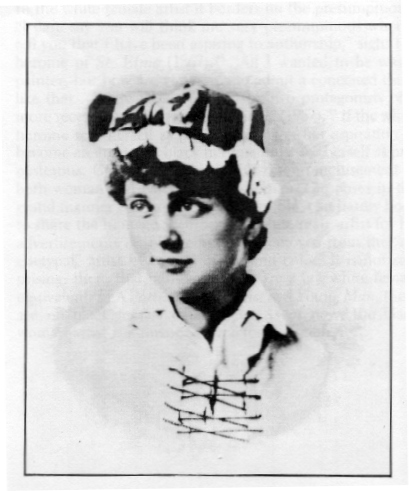 |
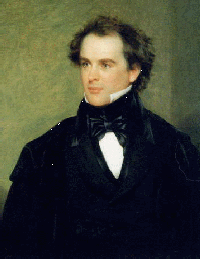 |
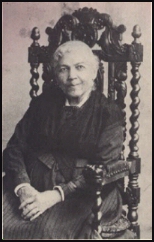 |
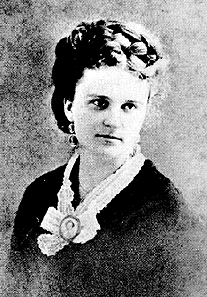 |
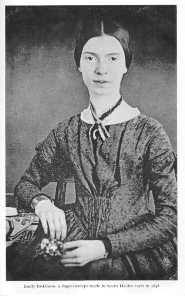 |
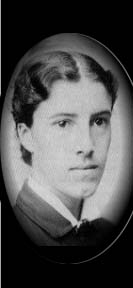 |
Course Description and Objectives:
In an era of political and social ferment,
women writers and early feminists in America were politically active and
popular authors. They expressed their points of view about a wide
variety of issues--abolition, Indian activism, women's rights, suffrage,
Western expansionism, temperance, environmentalism, and others. At
the same time, they were beginning to question the definition of womanhood,
both philosophically and politically. These writers, among them Margaret
Fuller, Harriet Beecher Stowe, Louisa May Alcott, and Fanny Fern, wrote
literary works that both challenge and conform to traditional notions of
womanhood, prompting the social historian Mary Kelley to call them "domestic
feminists." This course explores the rise of the feminist movement
in America through the literature by and about women from about 1850-1900.
Requirements:
1. Reading quizzes (10% of grade). Factual, non-interpretive
questions are designed to check whether you are keeping up with reading.
Six quizzes will be given, but only five grades recorded. I will
drop the lowest grade.
2. Oral report (10%), to be presented along with ones by several other students on an assigned date (10%). Each student should choose a perspective – literary, historical, sociological, or artistic – to introduce the class to a literary work. On the assigned date, you should be prepared to teach the class for ten minutes and answer questions afterwards. You may bring in a short outline, notes, or other materials. Please do not duplicate ideas or perspectives broached in your reports, but you can discuss the same work and should concentrate on the reading for that day.
3. Two interpretative essays (30%). These essays should discuss one literary work in light of class discussion, your oral report, or perhaps a critical article. (3-5 pp.)
4. A mid-term test (10% ). The tests will be non-cumulative, essay questions. The essay topics will be drawn from study questions presented to students for each unit (and from questions student themselves raise in class). These tests are open book, and explore issues raised int he course of discussion and reading.
5. Final examination (30%). The examination will be a comprehensive test that covers all the material of the course. Students will be encouraged to make assessments about how they have developed as readers and about the period and issues raised about a variety of writers in the course.
SYLLABUS
MR 9:30-10:45
CRN: 13963
Sep 9 Introduction: What is the Woman Question? Literary Domestics and American Literature
13 Hawthorne, The Scarlet Letter (1850), Chaps. 1-9 (35-89)
16 Hawthorne, The Scarlet Letter, Chaps. 10-18 (89-140)
23 Hawthorne, The Scarlet Letter, Chaps. 19-24 (140-178)
27 Fuller, Woman in the Nineteenth Century (1845) (7-65)
30 Fuller, Woman in the Nineteenth Century (65-108)
Oct 4 The Complete Poems of Emily Dickinson (selected poems)
7 The Complete Poems of Emily Dickinson
COLUMBUS DAY -- NO CLASS (Oct. 11)
14 The Complete Poems of Emily Dickinson
18 The Complete Poems of Emily Dickinson
21 Mid-Term Examination
25 Nineteenth-Century Female Poets: Osgood, Jackson, Alice and Phoebe Cary, Sigourney, and Lazarus
28 Video - Discussion of suffragists: “Declaration of Sentiments” (Sklar); Fern, Ruth Hall (1855), Chaps. 1-26 (1-60)
Nov 1 Fern, Ruth Hall (1855), Chaps. 27-49 (61-123); Essay 1 due
4 Fern, Ruth Hall, Chaps. 50-70 (124-192)
8 Fern, Ruth Hall, Chaps. 71-90 (193-272)
11 Davis, Life in the Iron Mills (1861); begin (10-39)
15 Davis, Life in the Iron Mills; finish (40-65)
18 Jacobs, Incidents in the Life of a Slave Girl (1861), Chaps. 1-11 (1-63)
22 Jacobs, Incidents in the Life of a Slave Girl, Chaps. 12-26 (63-136)
THANKSGIVING BREAK - NO CLASS (Nov. 24-28)
29 Jacobs, Incidents in the Life of a Slave Girl, Chaps. 27-51 (137-201)
Dec 2 Chopin, The Awakening, Chaps. 1-17 (3-47)
6 Chopin, The Awakening, Chaps. 17-32 (47-90)
9 Chopin, The Awakening, Chaps. 33-39 (90-109)
13 Gilman,
The
Yellow Wallpaper (1900), "Why I Wrote the Yellow Wallpaper," 39-58;
Conclusion (final paper due and evaluations)